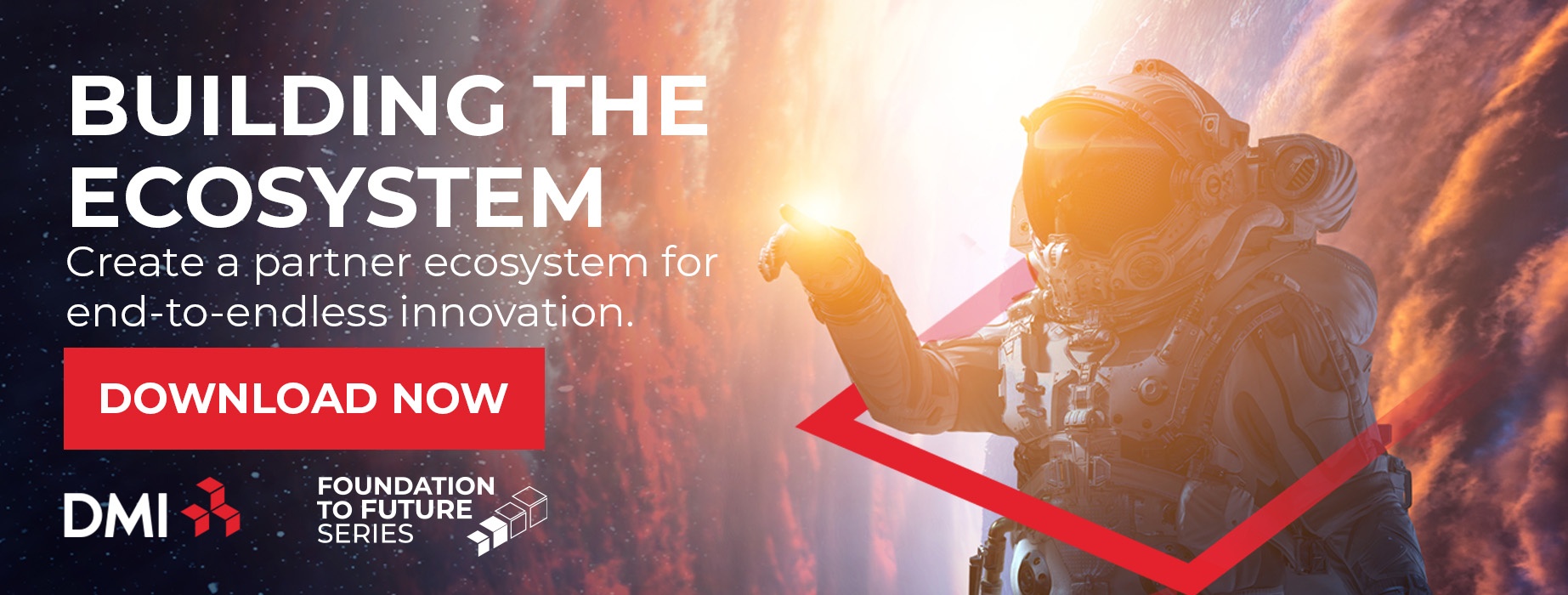
Best Practices for Ensuring Workflow and Process Automation Deliver Value for Constituents
As federal agencies embrace cloud technology and automation tools, there is understandable excitement for how processes and workflows can be improved — yielding efficiency, cost savings, error reduction, and freed-up resources.
But implementing automation that delivers actual value for the federal government and its constituents requires careful planning. Federal entities considering an embrace of workflow and process automation should consider several essential best practices–including process and workflow audits and extensive testing.
Automation in the Federal Government
To be sure, the promise of automation is real.
As an example, consider the email approvals typically required during any federal procurement process. When recipients don’t respond in a timely fashion, manual follow-ups need to be sent. Now, imagine a workflow that automatically triggers “approval needed” notifications within Microsoft Teams and then sends automatic reminders when recipients do not respond. Such an automated workflow reduces the burden on agency resources and also expedites the approval process.
Another real-world example: DMI is currently helping a federal client eliminate redundant tools and automate network and system service alerts using the ServiceNow platform. When the project is complete, in the event of a system or network alert, service tickets will be automatically created and routed to the right agency resources.
“The federal client will be able to actually mitigate outages by being proactive and resolving alerts before they can cause an outage,” said Bartty Adams, Vice President, Federal Operations in DMI’s FedCiv vertical.
Best Practices for Automating Processes and Workflows
Tapping into the actual value of automation requires more than just an off-the-shelf tool. Here are some best practices to keep in mind:
- Make sure your agency’s workflows and processes are clearly defined. You will need an excellent technical partner to carefully audit each workflow and process. “If your process or workflow is not clearly defined, or if it's convoluted, the automation is not going to work,” Adams said.
- Maximize existing toolsets where possible. Your agency may already have licenses for tools that can help with automating your workflows and processes. A good partner will help you get the most out of your existing toolsets, reducing both the burden for new security approvals and the amount of investment needed. “This maximizes the functionality of what you've already been paying for,” Adams said.
- Test automation configurations carefully–and extensively. A good partner will help you ensure that your investment in automated workflows and processes achieves your agency’s business objective. “Otherwise, the investment in automation will have no value,” said Adams.
- Select a trustworthy, experienced technical partner. You want a partner willing to have difficult conversations–setting up automated workflows and processes is going to demand them. You also want to be confident that the process and workflow auditing, as well as the testing, are done carefully. After all, when you adopt automation, you want the improvements experienced by your organization and your constituents to be dramatic–and so you will want to work hand-in-hand with a partner that can deliver.
About DMI
DMI brings years of experience in digital transformation to the table, with hundreds of federal contracts awarded since 2012. Through the use of our managed IT services, our optimization strategy is focused on improving current operating processes. We continuously monitor performance to maximize government resources, secure systems, and ensure efficiency and continuity along the way. We believe that digital transformation in government means cloud migration and, in the process, the elimination of legacy applications and the reduction of technical debt. All this requires an experienced transformation partner who is able to navigate government processes with agility while delivering meaningful change.
Contact us to begin your digital transformation journey to empower your federal entity to deliver value for its constituents.
![[FREE GUIDE] RECOGNIZE THE BENEFITS OF DIGITAL TRANSFORMATION THROUGH AN ECOSYSTEM APPROACH](https://no-cache.hubspot.com/cta/default/8444324/f8ee566c-b425-459e-978e-2b8f0eb44811.png)
